THE CRUSADES (PART 1) : INVASION
Few historical eras resonate in the Muslim and Christian worlds as much as the Crusades. This epic struggle for what both religions see as holy land helped shape the development of Europe and Southwest Asia politically, socially, and religiously for centuries afterwards. The heroic tales of chivalry, bravery, and determination are the stuff of legends. This series on Lost Islamic History will take a step-by-step approach to understanding the origins, battles, and outcomes of the Crusades.
The Muslim world in the 1000s was a political mess. The great Abbasid Empire that began in the mid-700s was just a shadow of itself, headed by puppet caliphs while the real power was in the hands of Turkish warlords like the Seljuks. The Seljuks ruled over Anatolia, where they established a domain called the Seljuk Sultanate of Rum, the lands of Syria and Iraq, as well as Persia. However, they were not one united state. Each region (or even city) had its own emir (governor) who was regularly at war with his neighboring emirs. In North Africa, a rival Ismaili Shiite state, the Fatimid Empire, was in charge. The Fatimids regularly attempted to extend their domain into the Sunni Seljuk areas, with the frontier between the two usually being near the holy city of Jerusalem.
Despite this disunited political scene, the Turks were extending their empire into Byzantine land. At the Battle of Manzikert in 1071, the Turks soundly defeated the Byzantines, practically taking all of their territory in Anatolia, and extending the Seljuk domain right up to the great Byzantine city of Constantinople. In 1095, the Byzantine emperor Alexios sent a letter to the Catholic Pope Urban II in Rome, asking for help against the increasingly powerful Turks. That letter would prove to do far more than just bring in reinforcements.
Pope Urban took the letter plea for help as an excuse to raise a huge army and conquer land from the Muslims to add to his own domain. He dreamed of a Latin kingdom in the Holy Land and the destruction of the Muslims as a political and military force. At the Council of Clermont, Pope Urban roused Catholics to create an army and march to the Holy Land. A fighting force of over 30,000 men, along with women, children, and the aged was recruited and sent towards Constantinople.
The first Muslims who had to deal with the Crusaders were the Turks in Anatolia. A Seljuk emir of the Sultanate of Rum, Kilij Arslan, was able to win some early victories over the first Crusaders to cross into his territory. However, the sheer size of the Crusader army was too much for the Turks to handle. As the Crusaders marched through Anatolia, they simply looted and pillaged the countryside to get the supplies they needed, even though the vast majority of the population there was Christian.
By 1097, the Crusaders reached the fortress city of Antioch, which is in present-day southern Turkey, very near the Syrian border. The city was defended by it’s Seljuk emir, Yaghi-Siyan and around 6000 troops. Normally, 6000 Turkish soldiers against a Crusader army of over 30,000 would be no contest. But the city of Antioch was almost unconquerable. The city was surrounded by some of the strongest walls in the Muslim world, as well as a river, a mountain, and a steep valley that perfectly protected it from invaders. The Crusades very well could have ended at the walls of Antioch, were it not for two things that killed the cause of the Muslims: disunity and treachery.
Yaghi-Siyan sent out messengers to all the surrounding cities asking their emirs for assistance against the Crusaders. Unfortunately, the attitude of the Turkish emirs of the day was one of “every man for himself”. They were unlikely to help out a rival emir unless they felt threatened themselves. As a result, the emirs all over Syria ignored his pleas for help. Some even felt that if Antioch were to fall to the Crusaders, it would benefit them since Yaghi-Siyan would be out of the picture. Despite this, Antioch may well have still held out, were it not for one man inside the city.
Firuz was an armor maker who was in charge of the defense of Antioch’s towers during the siege. He was found guilty of black-market trading by Yaghi-Siyan before the Crusaders and thus was fined a hefty amount. He figured that the best way to get back at Yaghi-Siyan would be to let the Crusaders into the city. In June 1098, over 200 days since the siege started, Firuz let some Crusaders climb into his window in the dead of night. These Crusaders opened up the gates for the rest of the army, and by morning, the city was lost. Massacre followed as men, women, and children were killed in the streets and the city was set on fire. All because of one armor maker who was upset with a fine.
With the best defended city out of their way, the Crusaders continued their march towards Jerusalem. The same treachery of Antioch continued in most cities they passed. Emirs of cities would regularly sell out their neighbors in the hope for protection themselves. Almost all the cities along the coast gave the Crusaders a free pass through their lands to avoid the same fate as Antioch.
On June 7th, 1099, the Crusaders reached their goal, the city of Jerusalem. The city was in no position to defend itself. Just one year earlier, the Fatimids of Egypt had conquered Jerusalem from the Turks, extending Shiite control into Syrian lands. The walls were damaged, there were nothing more than a few hundred soldiers defending the city, and no help seemed to be coming from anyone.
After a month-long seiege, the walls were breached and the holy city of Jerusalem, the city from which Prophet Muhammad (Peace Be Upon Him) ascended to heaven during the Israa and Mi’raj, was lost to the Crusaders. A massacre followed, with over 70,000 civilians (Muslims and Jews) being killed in the streets. Muslims fled to Masjid al-Aqsa, but were massacred in the holy masjid as well. One Crusader chronicler boasted that the blood of the Muslims was “up to the ankles”. Masjid al-Aqsa itself was looted and defiled. The nearby Dome of the Rock was turned into a Christian church. For the first time since the time of Umar ibn al-Khattab, no adhan was heard in the streets of Quds nor was salah performed in its masjids.
Despite this shocking and disgusting capture of the third holiest site in Islam, the reaction from the rest of the Muslim world was disappointing. It would be years before a real effort at liberating the city would take root. (to be continued)
courtesy: LOST ISLAMIC HISTORY
(Published 2017/07/16 at 1:58 am)
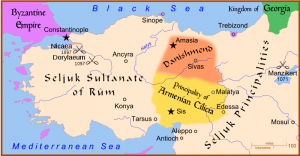

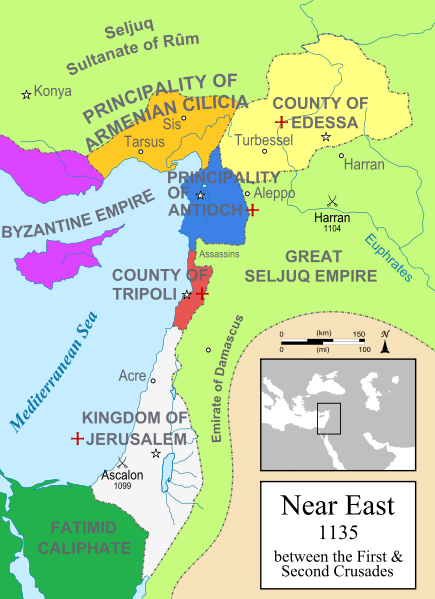


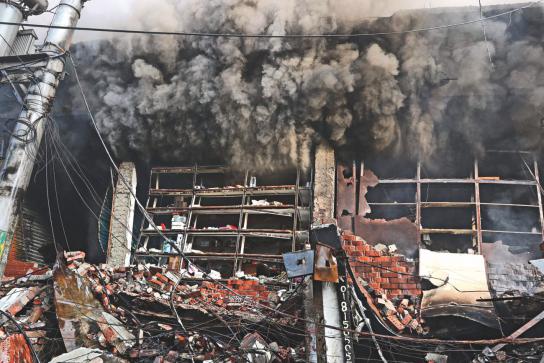
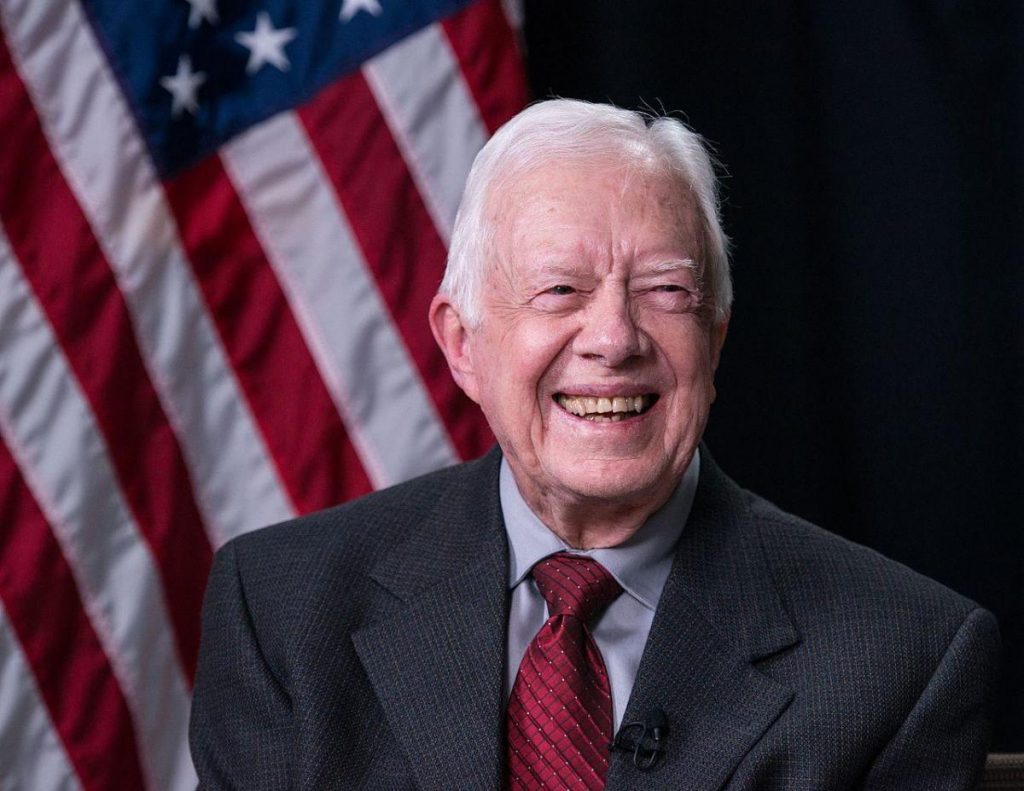






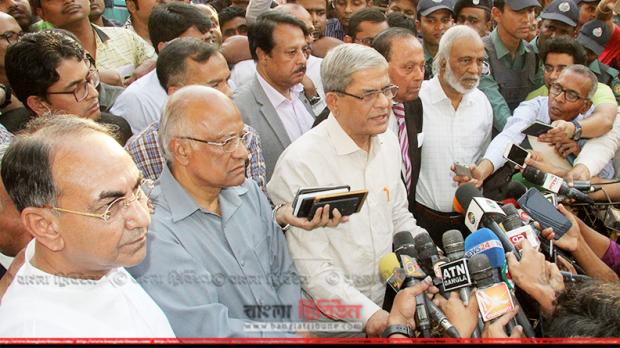


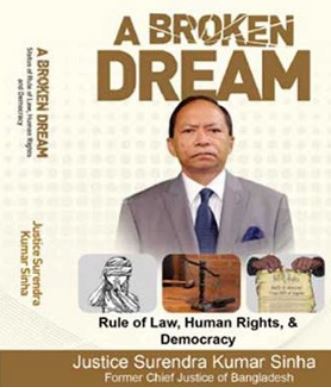
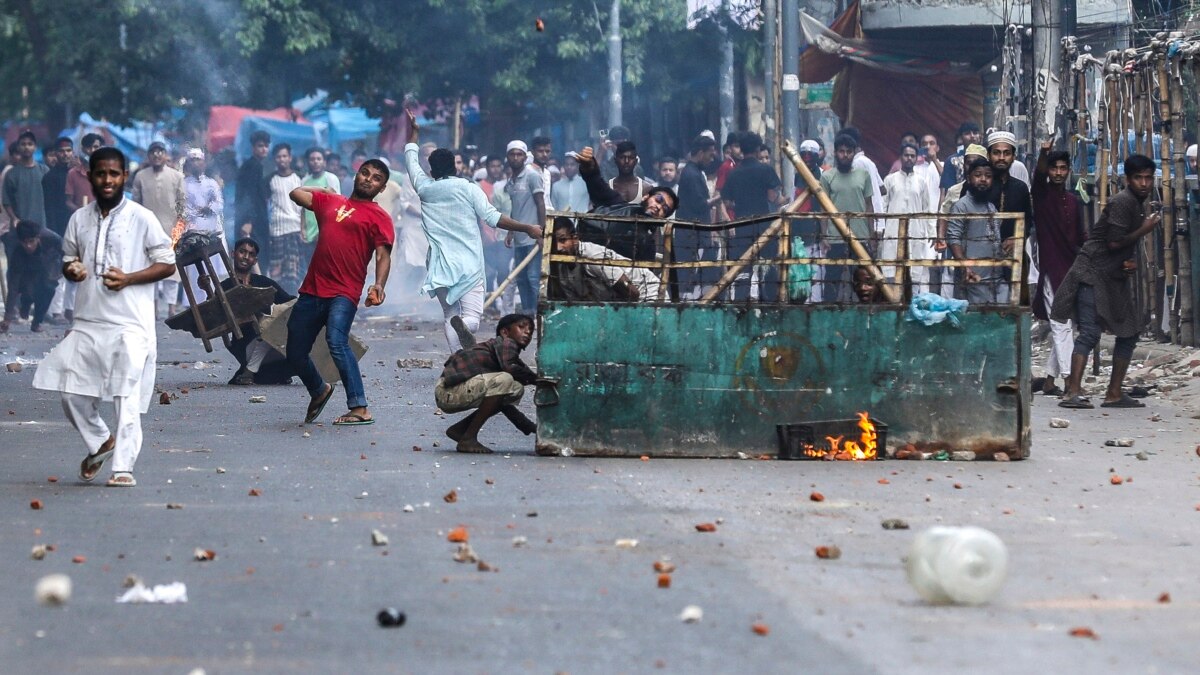


Comments